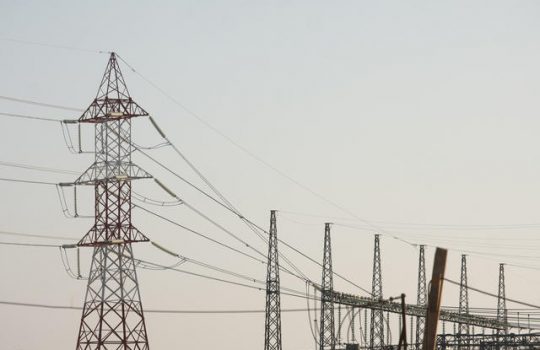
One of the main challenges will be to supply this increased demand with clean energy. The consumption of residential customers will increase by 11% and mining customers will decrease by 8%.
Electricity consumption to grow 83% in 20 years and renewable energies will play a key role
The Chilean energy sector has quite busy years ahead. This is one of the main conclusions of a study carried out by the National Electric Coordinator, which anticipates that energy demand will practically double in the next 20 years.
Thus, while in 2018 the energy required was 70,282 GWh, by 2038 it will be 128,776 GWh; that is, 83% more. Growth is mainly due to the economic factor, i.e., the more the country develops, the greater the demand. In 1990 the energy required was 16,000 GWh and today -28 years later- that figure has quadrupled.
“As countries become more developed, the electricity growth curve is less steep, due to increases in efficiency and other factors, decoupling from growth. We believe that Chile will not be the exception, and although our consumption will increase, we will be increasingly efficient in the use of resources,” said the Minister of Energy, Susana Jiménez.
On this occasion, the challenge will be not only to increase the matrix, but also to do so with clean energy. The industry is in the midst of a decarbonization process and in the coming months the Ministry of Energy will announce the deadlines for plant closures.
“We are convinced that this is the path that our country will follow, because it is clean, safe and competitive energy. The great challenge is to enable, through appropriate regulatory tools, this massive insertion in a sustainable manner, and to make steady progress in the energy transition,” said Jiménez.
Meanwhile, the executive director of Generadoras de Chile, Claudio Seebach, indicated that it is fully possible to supply this demand with renewable energy and that to sustain this growth it is necessary to give signals that encourage investment to provide flexibility to the electricity system, through the development of complementary services, storage and adequate electricity transmission capacity”.
In this regard, Hugh Rudnick, academic and director of the consulting firm Systep, pointed out that “in the Norte Grande we have enormous solar potential, so once the backup issue is resolved, I see no problem. If we add wind power in the south, even less so. Even more so if we achieve hydroelectric development and complementary gas development”.
Type of customers
The document divides customers into three categories. First, there are the vegetative ones, which are mainly subject to price regulation, where the majority are residential consumers. Then there are the industrials, which are not subject to regulation and do not belong to the mining industry. The last category is the large industrial customers, which are essentially from large-scale mining.
In 2018, 45% of energy users were vegetative, 38% large industrial customers and the rest industrial. However, the scenario for 2038 will be different, as large industrial customers will decrease their demand by 8% and vegetative customers will increase by 11%. Meanwhile, industrials will decrease by 8% (see graph).
The report also showed the demand by region. The Metropolitan, which otherwise has the most inhabitants, in 2018 had an energy demand of 18,764 GWh and accounted for 26.7% of the country’s total. By 2038, the Coordinator forecasts that this will increase to 36,668 GWh, a two-fold increase in 20 years. Another region that will also grow strongly will be Antofagasta, which will go from consuming 16,865 GWh last year to needing 26,137 GWh in 2038.



